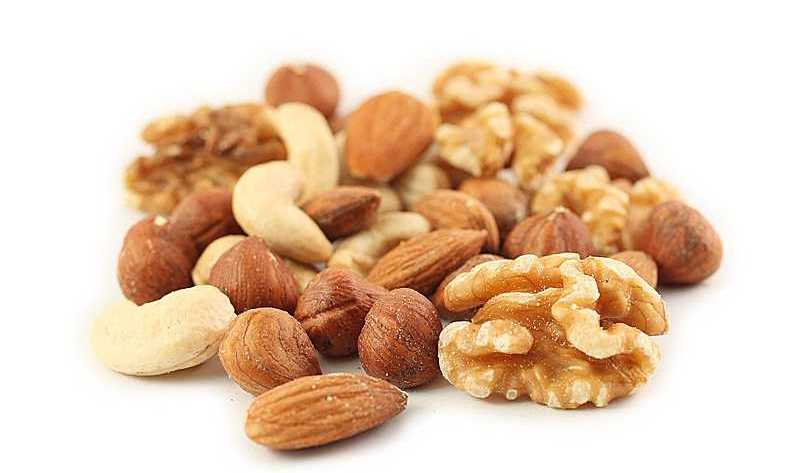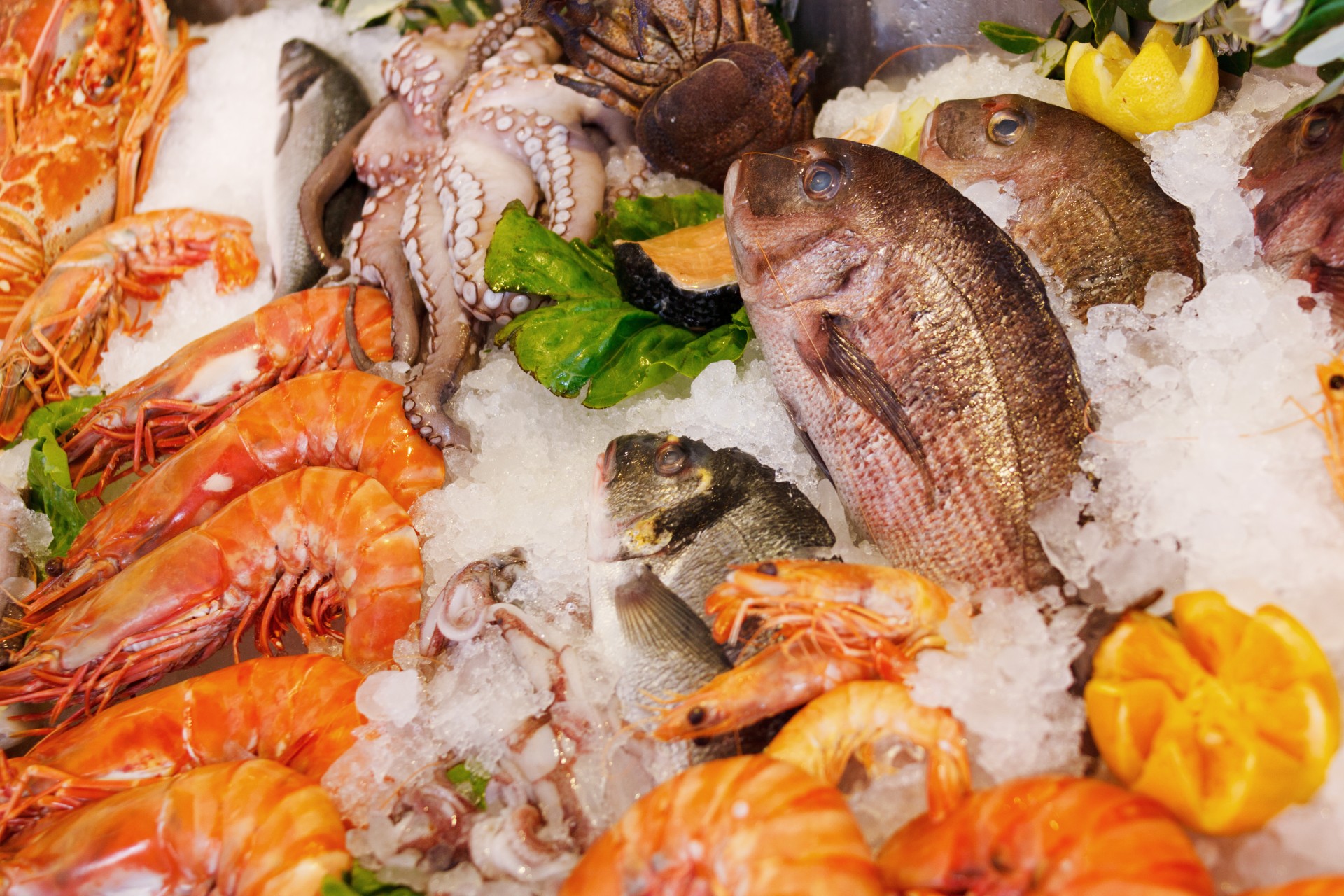43 how do i read food labels
How To Read Food labels for Sugar | My Sugar Free Kitchen 5g/ml or less of sugar per 100g/ml = this would count as low sugar content. It means 5% of the ingredients are sugar. Between 5g/ml and 20g/ml of sugar per 100 grams = medium sugar content. With 20ml of sugar per 100 ml, this means the product is 20% sugar…not so good. Over 20g of sugar per 100g/ml = high sugar content. Understanding Food Nutrition Labels | American Heart Association 1 - Start with the serving information at the top. This will tell you the size of a single serving and the total number of servings per container (package). 2 - Next, check total calories per serving and container. Pay attention to the calories per serving and how many calories you're really consuming if you eat the whole package.
5 tips to read the food labels correctly - Cookist.com Expired food: 10 foods that can be eaten after the expiry date Read the ingredients list The ingredients list mentioned on the food label lists the ingredients by quantity, which means the first ingredient is the one that is used in most quantity by the manufacturer in that particular product than the one which mentioned last.

How do i read food labels
How to read food labels | healthdirect How to read the Nutrition Information Panel The Nutrition Information Panel tells you the size of a standard serving of the product and which nutrients are contained in that serving. You can use the label to compare the product with what's in similar packaged foods. Look out for information about: Energy: A kilojoule is a measure of energy. Food labels - understanding and knowing how to read them | Klinio The Expected Calories. An excellent understanding of how to read food labels depends on your knowledge of calories. The emboldened calorie value of 240 is the expected amount of calories for each serving. This means that the total calories in the container will be 240 x 4 = 960 calories. How to Read a Food Label | Atkins Labeling must also include a Nutrition Facts panel. Although the intent is informational, such labels do not supply all the facts, especially when it comes to carbohydrates. But once you know the secret to figuring out how many carbs really count, the labels will become easy reading. Backing into a Carb Count
How do i read food labels. How to Read Food Labels & Count Carbs | Allulose Keep a Check on Protein, Carbs and Sugars. As additional nutrients, most Americans get enough protein, but the Academy of Nutrition and Dietetics recommends consumers eat only moderate portions of lean meat, poultry, fish, eggs, low-fat milk, yogurt and cheese, along with beans, peanut butter and nuts. Carbohydrates can come from sugars ... How to understand food labels | Eat For Health The Nutrition Information Panel on a food label offers the simplest and easiest way to choose foods with less saturated fat, salt (sodium), added sugars and kilojoules, and more fibre. It can also be used to decide how large one serve of a food group choice or discretionary food would be and whether it's worth the kilojoules. PDF How Do I Understand the "Nutrition Facts" Label? Nutrition Facts label and ingredient list. When you go grocery shopping, take time to read the Nutrition Facts labels on the foods you purchase. Compare the nutrients and calories in one food to those in another. The information may surprise you. Make sure you aren't buying foods high in calories, saturated fat, trans fat, sodium and added ... Food Labels: Fat & Cholesterol | Home & Garden Information Center Use % DV as your guide for identifying which foods are high or low in a nutrient. This allows you to choose foods wisely so that you eat enough of some nutrients while not eating too much of others. The label does the math for you, putting all the numbers on the same scale of 0-100% DV for the day.
How to Understand and Use the Nutrition Facts Label | FDA When looking at the Nutrition Facts label, first take a look at the number of servings in the package (servings per container) and the serving size. Serving sizes are standardized to make it easier... How to Read Food Labels Correctly? - Luke Coutinho At the top of the Nutrition Facts label, you will find the total number of servings in the container and the food or drink serving size. The serving size on the label is based on the amount of food that people typically eat at one time and is not a recommendation of how much to eat. Make sure to not go beyond the serving size in one meal. Reading food labels: Tips if you have diabetes - Mayo Clinic Reading food labels can help you make the best choices. Start with the list of ingredients When you're looking at food labels, start with the list of ingredients. Keep an eye out for heart-healthy ingredients, especially those that are less processed, such as whole-wheat flour, soy and oats. How to Read Cat Food Labels | Purina Those ingredients provide nutrients like protein and carbohydrates. Nutrients in a complete and balanced cat food include: Protein: According to Dr. RuthAnn Lobos, a Purina veterinarian, "Cats have higher protein requirements than most mammals—even dogs and humans.". Cats need 22 amino acids, which are the building blocks of proteins.
How to Identify Gluten on Food Labels - Verywell Health According to the rule, manufacturers must ensure that their products contain less than 20 parts per million (ppm) of gluten in order to carry the "gluten-free" label. 1. Some gluten-free advocates insist that the FDA standard is inadequate and that symptoms can develop at 10 ppm and lower. How To Read Food Labels - 10 Tips - Pritikin Weight Loss Resort Here are the basics for how to read food labels, consolidated into 10 quick-reference tips, compliments of Kimberly Gomer, Director of Nutrition at the Pritikin Longevity Center in Miami, Florida. These 10 tips are all about helping you shed excess weight, take good care of your heart, and live well. 1. PDF A Guide to Reading Food Labels - University of Rochester Make healthy choices easier by understanding the sections of the Nutrition Facts label. 1. Serving Size. The serving size is a measured amount of food. In the sample label, the serving size is one cup, and there are two servings per container. If you ate the whole container, you would eat two cups, which doubles the calories and other nutrient ... How To Read Nutrition Labels (Like a Pro) - Ditch The Carbs The front of the box states it is high in fibre, cholesterol-lowering and has a 4.5 star rating, but look at the nutrition label and it tells another story. Per ¾ cup serving (and most people serve 1-2 cups) + ½ cup milk = 37.9g carbs, 15.5g sugars. The only reason it has any vitamins is because it has been fortified.
Reading Food Labels | ADA - American Diabetes Association The Nutrition Facts labels on foods are really the key to making the best choices. We'll cover the basics so that these labels make shopping easier for you. Get started Understanding Carbs You've heard it all. From carb-free to low-carb, to whole and empty carbs, it's hard to know what it all means. Learn more Food & Blood Sugar
How To Read Food and Beverage Labels - National Institute on Aging How to read the Nutrition Facts label The U.S. Food and Drug Administration (FDA) requires a Nutrition Facts label on most packaged foods and beverages. At the top of the Nutrition Facts label, you will find the total number of servings in the container and the food or beverage's serving size.
Food labels - NHS Colour-coded nutritional information tells you at a glance if the food has high, medium or low amounts of fat, saturated fat, sugars and salt: red means high amber means medium green means low In short, the more green on the label, the healthier the choice.
Learning To Read Labels :: Diabetes Education Online On a nutrition food label, subtract the fiber from the total carbohydrate amount. When you read food labels, the grams of sugar are already included in the total carbohydrate amount, so you do not need to count this sugar amount separately. The grams of sugar listed include both natural sugars, from fruit or milk, and added sugars.
How to read nutrition labels? 3 Simple Steps for Reading Food Nutrition Labels for a Healthier Diet. STEP #1: Read the back of the label every time. STEP #2: Look for short ingredient lists that include ingredients that you would use in your own kitchen. STEP #3: Focus on the first three to five ingredients the most. How do you calculate food labels.
How to read food labels: MedlinePlus Medical Encyclopedia If a label says that a food has 100 mg of sodium, this means it has about 250 mg of salt. You should eat no more than 2,300 mg of sodium per day. This is the amount of sodium that is in 1 measuring teaspoon of table salt. Ask your health care provider if you should have even less. The % daily value is included on the label as a guide.
Food Labeling & Nutrition | FDA Food labeling is required for most prepared foods, such as breads, cereals, canned and frozen foods, snacks, desserts, drinks, etc. Nutrition labeling for raw produce (fruits and vegetables) and ...
How to Read a Food Label - FoodAllergy.org Make a habit of carefully reading labels to ensure you avoid any potential allergens. "May Contain" Statements You may also notice other precautionary language on food labels. These include statements such as "may contain," "processed in facility that also processes" or "made on equipment with." These warnings often follow the ingredients list.






Post a Comment for "43 how do i read food labels"